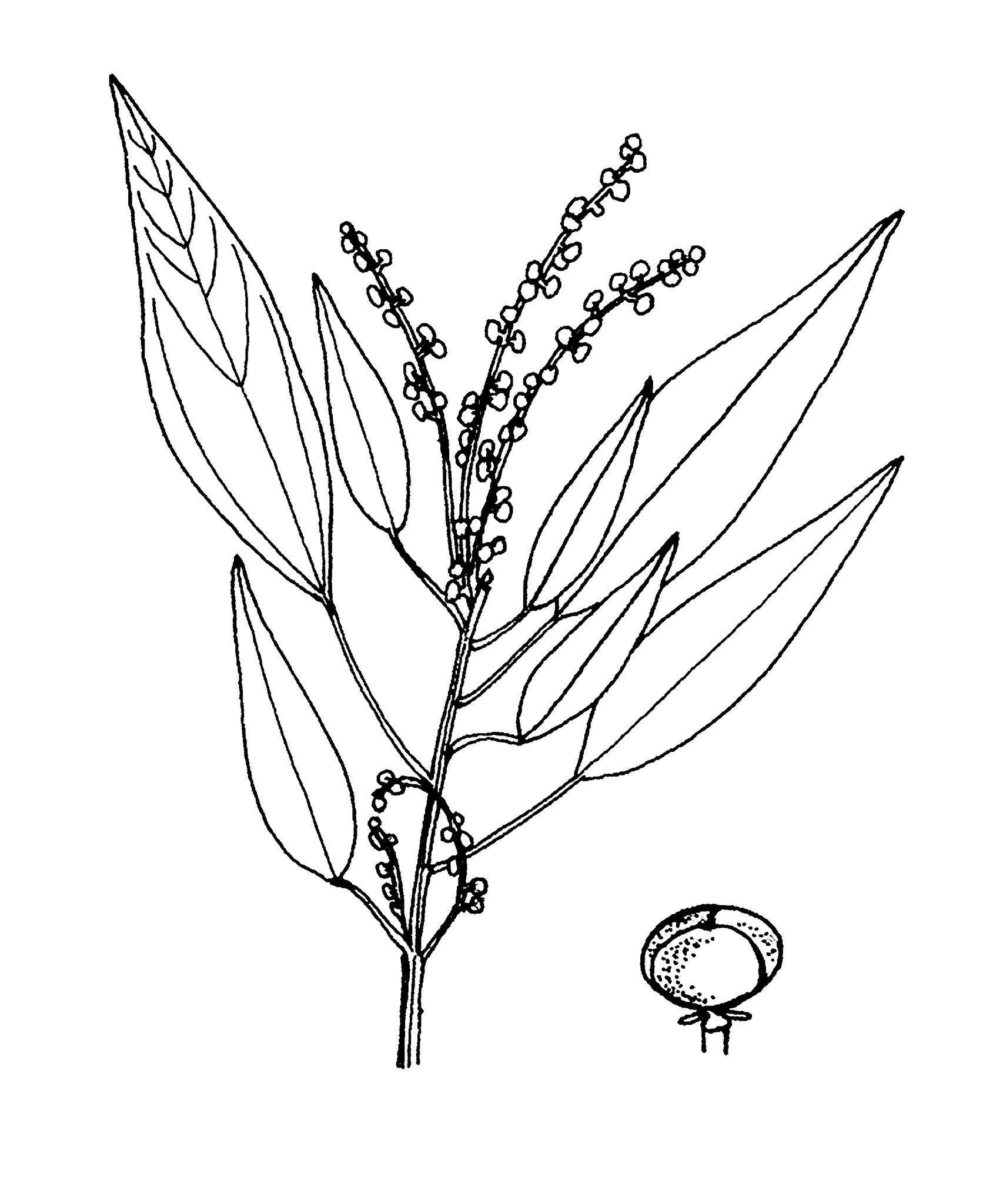
From the Greek mallotos — woolly, undoubtedly alluding to the foliage or inflorescences of some species.
Small trees, shrubs or lianes, evergreen or deciduous, male and female flowers on the same plant or not, perennial. Indumentum of simple or star-shaped hairs. Stipules entire, inconspicuous, persistent. Leaves opposite or alternate, stalked; blade lobed or unlobed, palmi- or penninerved, sometimes peltate; scattered glands on upper surface, coloured glands below, granular inclusions sometimes present; margins entire, wavy or toothed. Inflorescences terminal or axillary, spike-like, racemose or paniculate, generally unisexual; male flowers in 1-many-flowered bracted fascicles; female flowers in 1(rarely 2)-flowered bracted fascicles. Male flowers stalked; calyx lobes edge to edge, 2-4, free; petals absent; disk absent or present; stamens numerous, filaments free or fused. Female flowers stalked; calyx lobes overlapping to edge to edge, 2-4, free; petals absent; disk absent; ovary 2-4-chambered with 1 ovule per locule; styles more or less free or fused for varying lengths, simple, generally recurved, glandular or plumed, often with indumentum on backs. Fruit capsular, dehiscent, roundish to depressed-roundish, generally strongly angled, smooth or spiny. Seeds roundish to ovoid, ecarunculate.
It is likely that the genus will be split into several smaller genera in the future.
About 140 species in the Old World tropics and subtropics, 13 species in Australia. 4 of the Australian species are commonly cultivated.
Cuttings or seeds.
Foliage with coloured glands below, granular inclusions sometimes present.
Airy Shaw (1980), Forster (1999a).
Source: (2002). Euphorbiaceae. In: . Horticultural Flora of South-eastern Australia. Volume 3. Flowering plants. Dicotyledons. Part 2. The identification of garden and cultivated plants. University of New South Wales Press.
